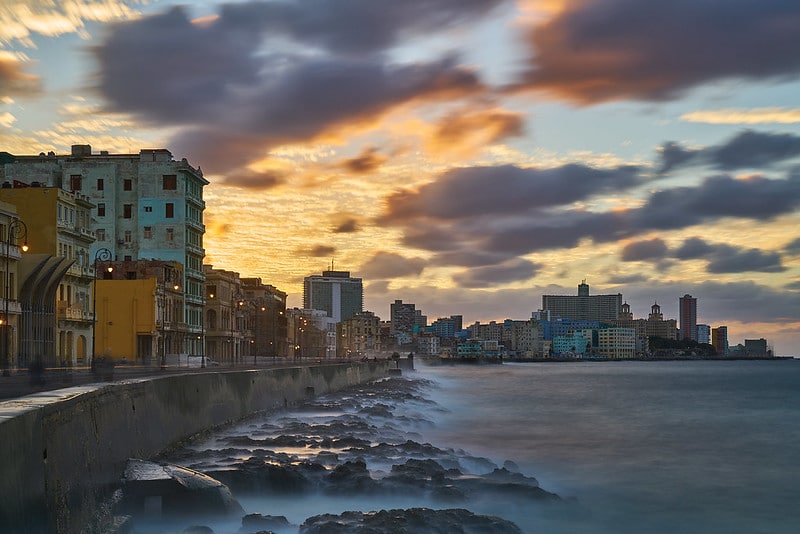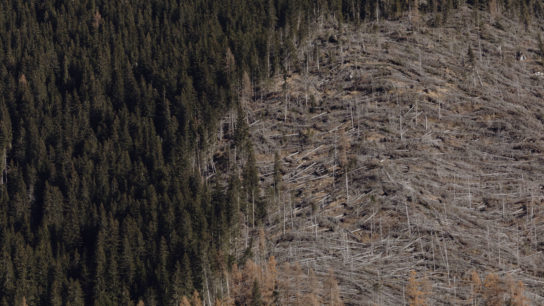The Green Climate Fund, supported by the UN Development Programme (UNDP), has approved USD$23.9 million in funding for a coastal resilience project along the southern coastline of Cuba. The project will enhance climate resilience for over 440 000 Cubans and protect vulnerable coastal habitats.
—
What is Happening?
- Financing from the Green Climate Fund will be provided during the 30-year project’s first eight years and will complement $20.3 million of dedicated financing that will be provided by the Government of Cuba for the implementation of an ecosystem-based adaptation approach for coastal protection and resilience.
- Delivered by the Environment Agency of the Cuban Ministry of Science, Technology and Environment (CITMA) with support from the United Nations Development Programme (UNDP), the innovative project will accelerate the ambition of the Cuban Government’s contribution to the Paris Agreement, enhancing ecosystem-based adaptation approaches for 1,300 kilometres of coastline across 24 municipalities. The ‘Mi Costa’ project will also provide an important basis of support for the implementation of the “State Plan to Manage Climate Change ‘Tarea Vida’ (Life Task).”
- Cuba is extremely vulnerable to the impacts of climate change. While the government is working hard to make gains in sustainable development, coastal erosion, flooding, saline intrusion, drought and sea-level rise, these efforts may not be enough to stave off the worst impacts of the climate crisis.
- Projections show that if no intervention is made by the end of this century, up to 21 coastal communities will disappear entirely in Cuba, with 98 more severely affected by climate-related threats.
- Hurricanes have also extensively damaged infrastructure across the island. Hurricane Matthew crossed the eastern end of Cuba in October 2016, causing over $97 million in damages (2.6% of GDP). Hurricanes Ike (2008) and Sandy (2012) cost $293 million (12.05% of GDP) and $278 million (9.53% of GDP) respectively.
Dr. Maritza García, President of the Environment Agency, says, “By taking cost-effective ecosystem-based approaches, this innovative project will protect and restore natural habitats, reefs, seagrasses and mangroves, and help communities to protect their environment from the present and future risks posed by these severe tropical storms and hurricanes, sea-level rise and other climate change related risks. A key aspect of the project will be its focus on working with communities and local authorities to fully understand the value of ecosystems to their own resilience and livelihoods.”
You might also like: UN-Supported Fund Approves Project to Improve Climate Resilience in Liberia
- The project will restore over 11 000 hectares of mangroves, 3 000 hectares of swamp forest and 900 hectares of grass swamp. These steps will improve the health of over 9 000 hectares of seagrass beds and approximately 134 kilometres of coral reef crests. The project’s integrated ecosystem-based approach will allow coastal ecosystems to act as a layer of protective barriers to climate change impact seen in the form of coastal erosion and flooding while managing saline intrusion.
- “Mi Costa” builds on the impacts of a highly successful coastal resilience project financed by the Adaptation Fund and implemented with the support of UNDP and Environment Agency.
- This new project will enhance adaptive capacity for vulnerable coastal communities on Cuba’s southern coast by rehabilitating coastal land and seascapes, and their interlinked ecosystems and hydrology, replanting and restoring mangroves and reefs, and strengthening local climate governance and approaches for communities living on the frontlines of the climate crisis. It will be benefitted by leveraging the support of local centres for environmental education, capacity building centres as well as local and national coordination mechanisms as part of the project’s long-term approach to manage climate change.
Featured image by: Flickr

















